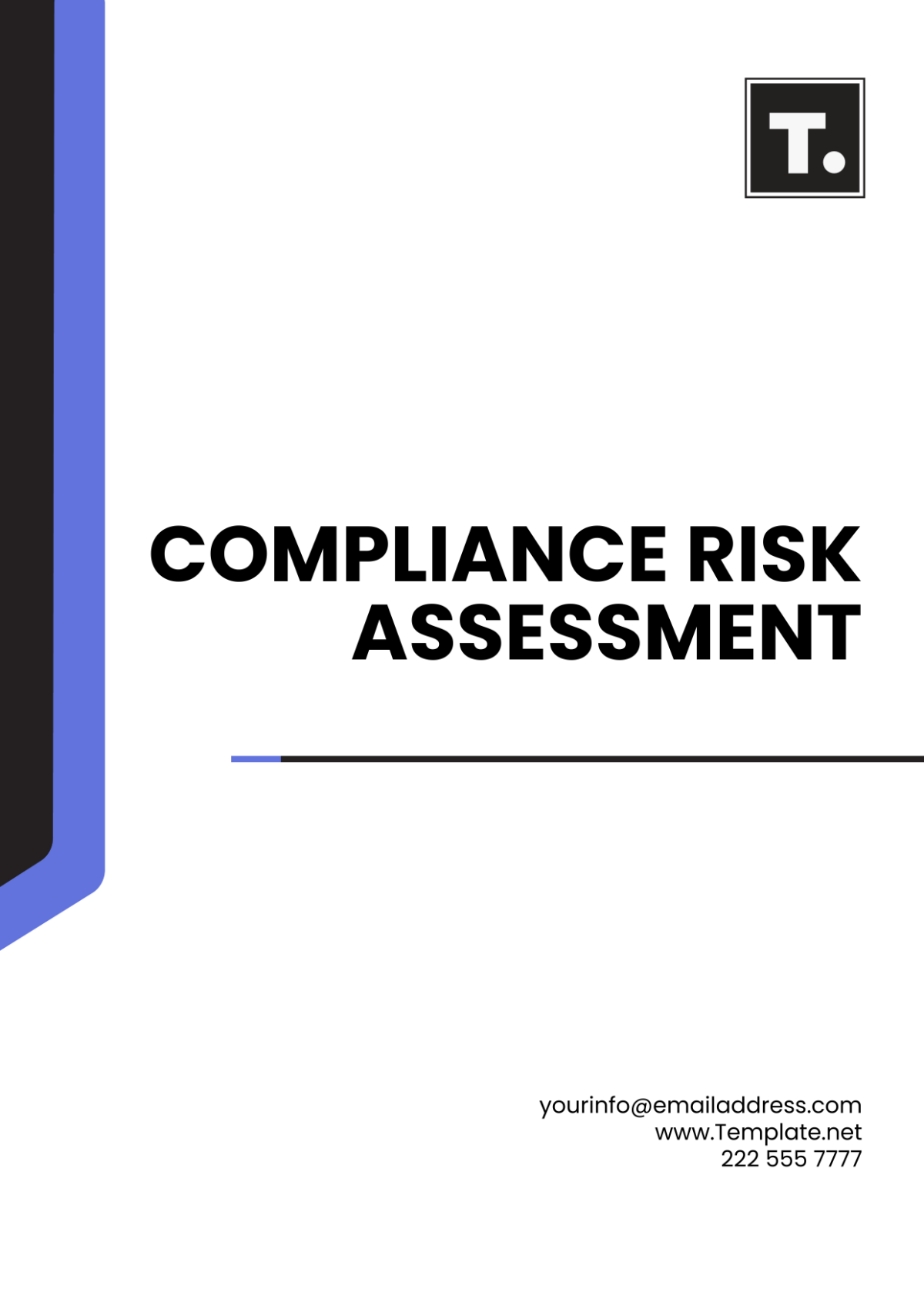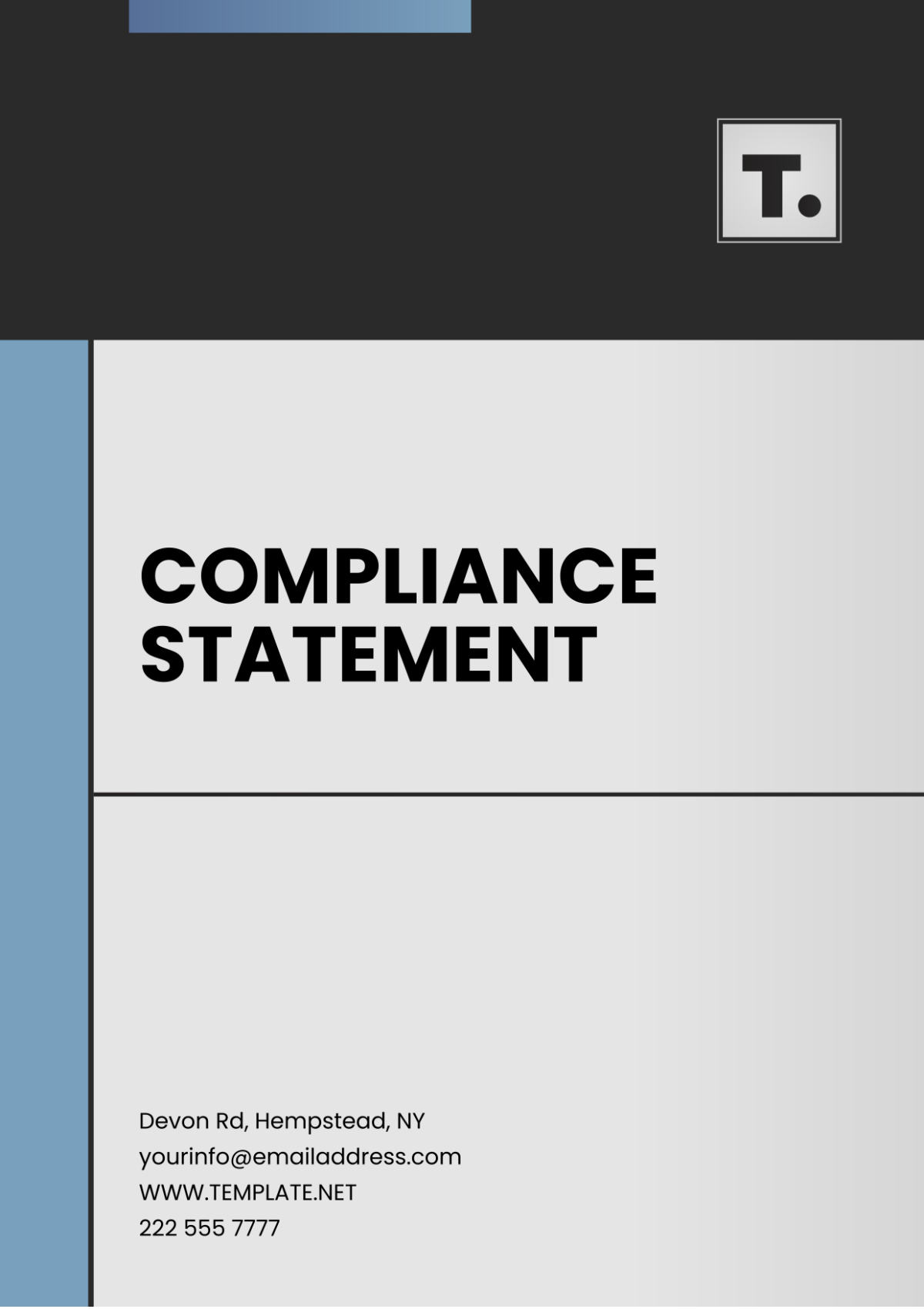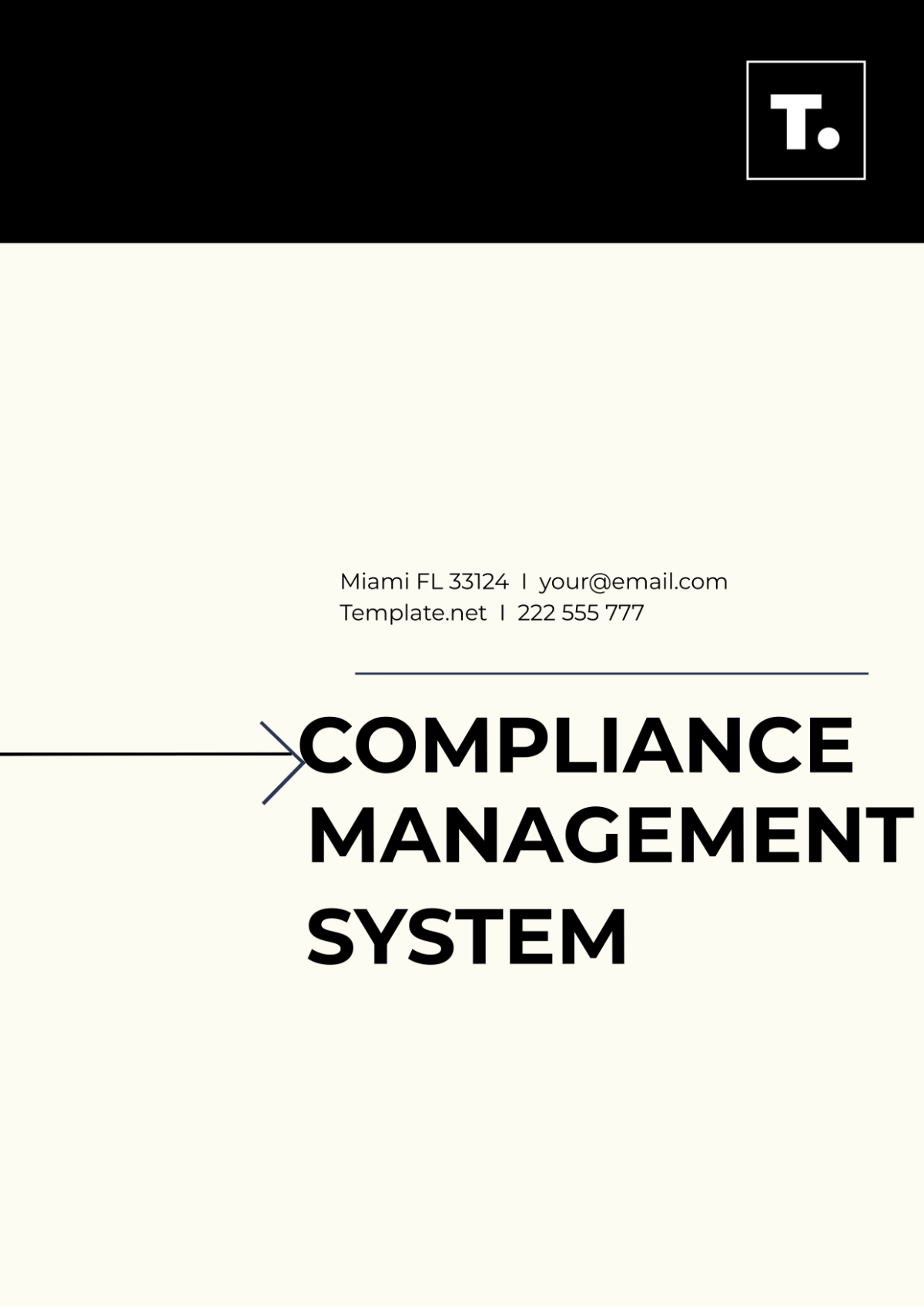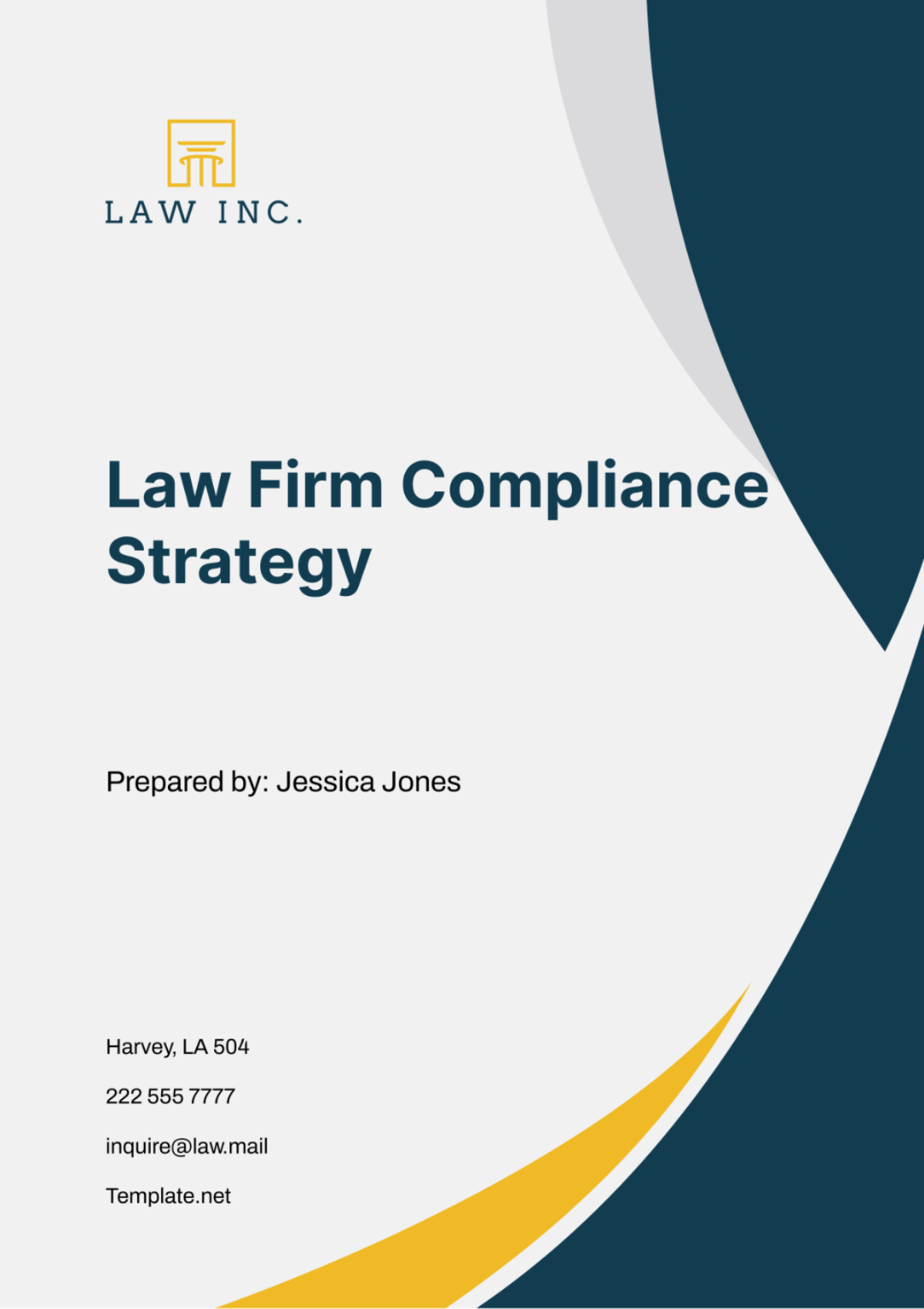Free Legal Corporate Compliance Software Implementation Guide
Ensure seamless software rollout with Template.net's Legal Corporate Compliance Software Implementation Guide Template. This customizable template, accessible through our AI Editor Tool, facilitates implementation planning. With editable fields and structured formats, it empowers you to outline deployment strategies and best practices, promoting efficient adoption of compliance software within your organization.





























